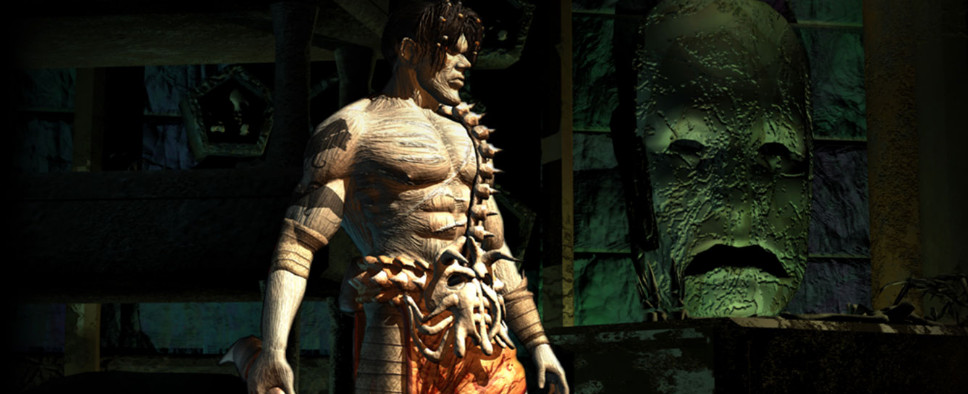A Modest History of the Desktop Dungeon
-
Category: News ArchiveHits: 2957

Planescape wasn't defined only by its words, but also by its pictures. Conceptual artist Dana Knutson drew the first illustrations of the Lady of Pain, and many of the symbols of Sigil's fifteen factions were his creations. Tony DiTerlizzi is one of the best-known artists for the setting, with his moody, dark, yet realistic illustrations perfectly matching Cook's vision of the world.
Planescape debuted in the Planescape Campaign Setting in 1994. It was well received, and established a successful product line that would cover thirty books and box sets published over the next four-and-a-half years. Those releases further defined Sigil, revealed the secrets of the Great Wheel, detailed the monstrous denizens of the planes, and laid out adventures across the multiverse.
...
One of the amazing things about Planescape: Torment is that interactions with the game's many characters rarely needed to descend into conflict. Instead, many potential conflicts can be settled by way of the rich dialogue trees that debuted in Baldur's Gate. The number of times that actual combat is required in the game are minimal - though players who prefer a combat-based approach to gaming are free to simply wade right in.
This doesn't mean that the conflicts are disagreements of Planescape: Torment are easy or simple, however. The Cant-filled dialogue trees can demand choices that are gut wrenching, thanks to the game's devilish design. The team specifically wanted to create hard choices requiring thought, and which came with serious consequences. As such, they designed probelms without right or wrong answers, or with multiple ways of approaching right and wrong and no clean resolution. Many have said that the result of this design approach was the first truly adult compute role-playing game.

